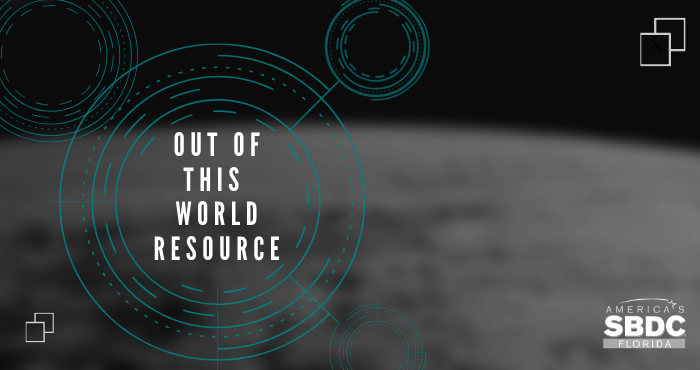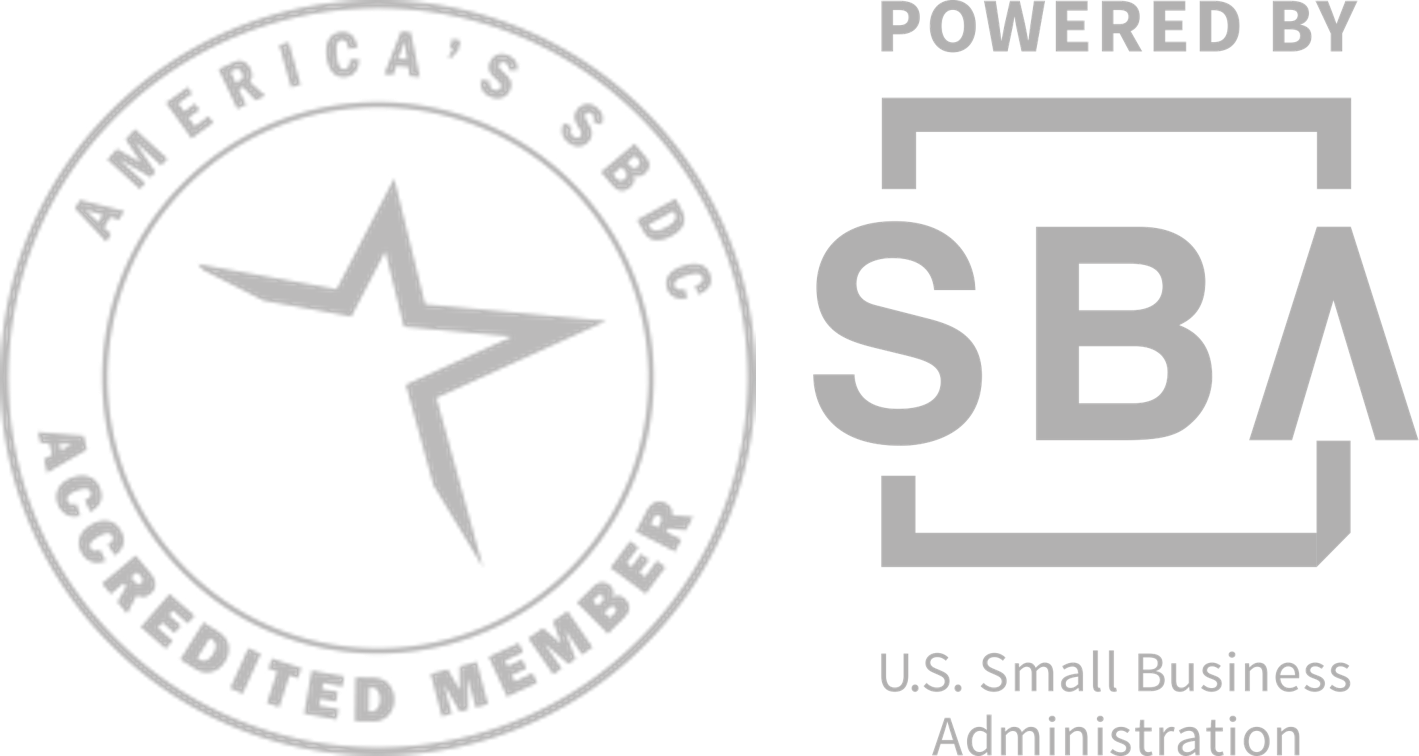Using Technology Readiness Levels to Plan Small Business Product Development
by Mitch Lairmore | February 22, 2019
Developing new products and services in today’s market can sometimes be a challenging task for a business owner. It takes more than just creating something new. Investing in research and development can help owners gain a competitive edge.
Often, owners will need to secure funding from other organizations in order to complete the product development process. Investors and/or sponsors will want to have a clear understanding of the total cost and time needed to complete the commercialization effort and an assessment of the technical risk. Entrepreneurs will be required to provide this information to these organizations in a way that is easy to digest.
These business owners not only need a new way to track their research and development process, but to also effectively communicate that process to investors.
Turn to an out of this world resource
Developed in the mid-1970s by NASA researcher Stan Sadin, the Technology Readiness Levels (TRL) method was developed in an effort to enhance communication between researchers and program managers regarding the maturity of a technology. Maturity is an indication of the cost and time needed to achieve a useable product or solution. It can also provide an indication of the technical risk associated with a particular technology.
The TRL method uses a 9-level scale to help determine the maturity of a product. Level 1 indicates basic principles have been observed and reported. The highest level, Level 9, suggests the technology is ready to be used. According to Sandia National Laboratories the scale can be further aggregated into six types of activities with some overlap:
- Basic Technology Research (TRL 1 to TRL 2)
- Research to Prove Feasibility (TRL 2 to TRL 4)
- Technology Development (TRL 3 to TRL 5)
- Technology Demonstration (TRL 5 to TRL 7)
- System/Subsystem Development (TRL 6 to TRL 9)
- System Test, Launch & Operations (TRL 8 to TRL9)
It can work for you, too
The TRL method offers a great deal of flexibility and is now widely used in NASA, the military and commercial organizations. Many organizations use different criteria for the assignment of TRL levels. Fortunately, the criteria used is usually well documented and publicly available. There are numerous examples of using TRL with different product application areas that can be found with a quick Internet search.
The overarching business goal of the planning process is to reach the highest TRL with the least amount of time and money. The method is a structured way to plan research and development in association with the commercialization of the technology.
The key questions a business owner should address in the planning process include:
- How is success defined/measured for each TRL?
- How much time is needed to reach each TRL?
- How much money is needed to reach each TRL?
- What organizations are involved in the activities needed to reach each TRL?
How can the TRL method help your business?
There are a couple of ways to enhance the credibility of the TRL assessment for your technology. First, base your assessment on a specific application of your technology, as technologies can often be used in multiple applications. Second, try to get an outside opinion regarding the success criteria for each TRL.
Stay above the competition by using TRL’s to plan your research and development activities and as a communication tool with potential sponsors/investors. There are resources available, such as the Florida SBDC at USF, to find out how the TRL method can help your current planning and communication process.





